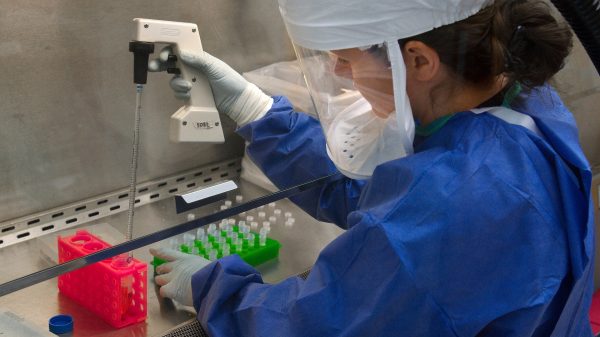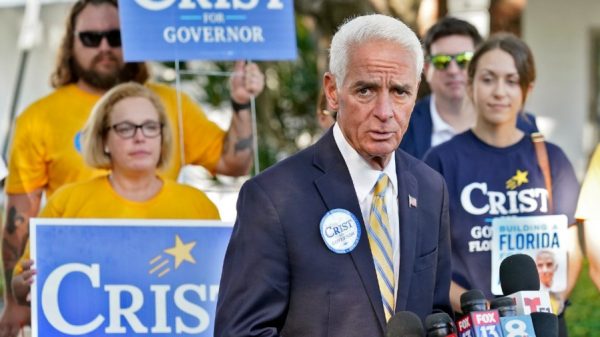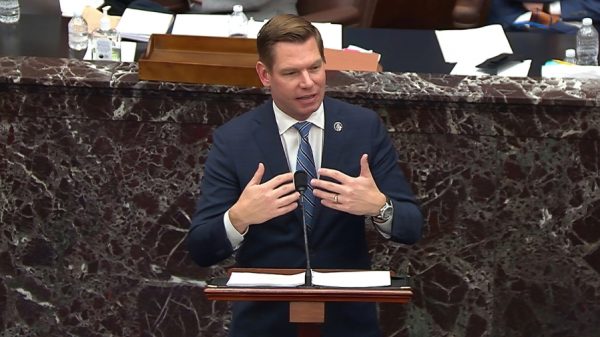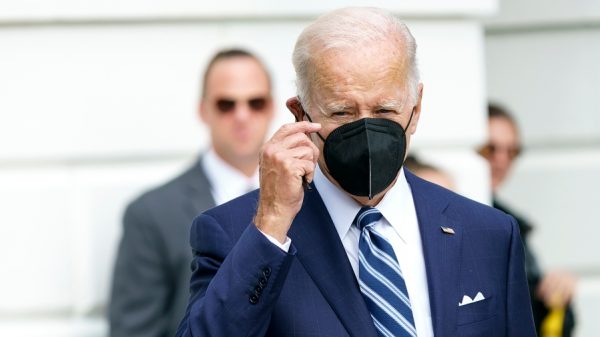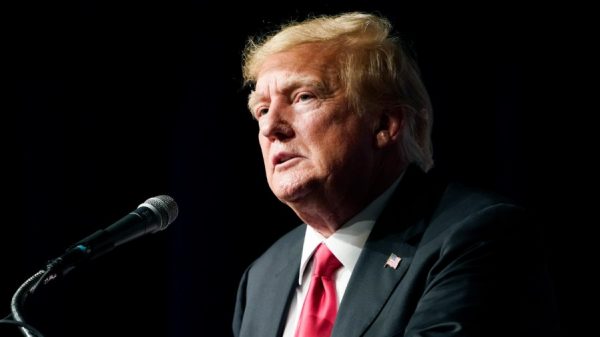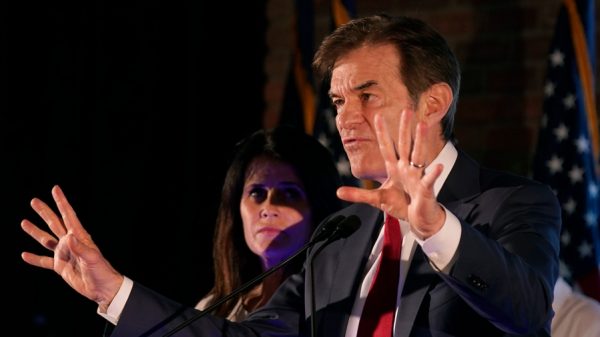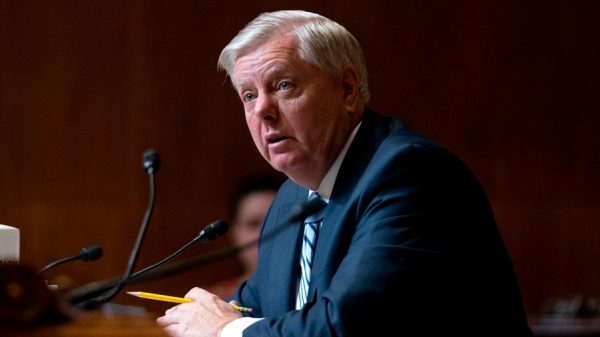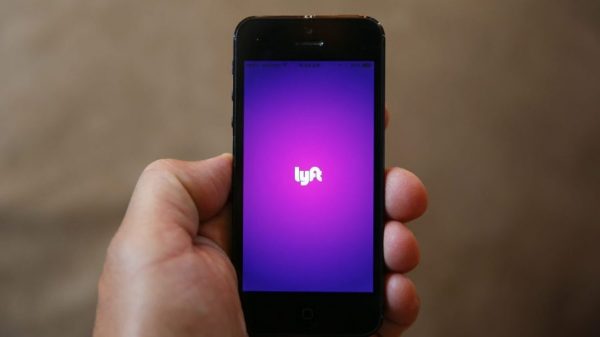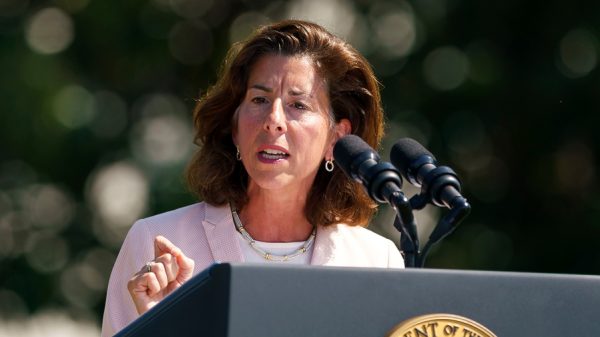T-Mobile will partner with Elon Musk’s SpaceX and use the company’s Starlink satellites to provide mobile networks for cellphone users in remote areas, both companies announced at an event on Thursday.
At SpaceX’s Starbase in Boca Chica, Texas, Musk and T-Mobile CEO Mike Sievert said the rollout would have a huge impact on enhancing cellphone service in rural, hard-to-reach areas.
Before they spoke, the company executives previewed a video featuring mobile phone users who voiced concerns about the lack of cellphone reception in rural, remote regions of the U.S. Some explained how their lives could be endangered in the event an accident occurs and they are unable to call for help.
Sievert said expanding network coverage into those remote areas is “important for safety, important for connectivity” and “important for all of us.”
“We have all — every single one of us — driven down that windy, country road through the hills and dales, beyond the reach of any cellular network,” the T-Mobile CEO said. “This partnership is about imagining a different future … where if you have a clear view of the sky, you are connected on your mobile phone.”
T-Mobile will enter a beta phase in late 2023 with Starlink strictly for messaging and texting apps, but the effort will eventually phase into more cellular services. T-Mobile also announced its intention to spread the service to rural areas across the globe.
Musk’s Starlink satellites are designed to connect high-speed internet to rural areas. The company has around 2,000 satellites currently in orbit above Earth.
Providers like T-Mobile generally use cell towers to provide network service to cellphones, so the technology of linking satellites for mobile network coverage is entirely new.
On Thursday, Musk said T-Mobile’s network coverage will be powered by a second-generation Starlink satellite with large, “extremely advanced” antennas. The satellites will only connect to cellphones when they enter a deadzone not covered by a cell tower.
T-Mobile, which recently acquired Sprint and is the second-largest carrier in the U.S., said the satellite service will be included for free in most plans provided by the company.
Musk said the goal of both companies was to save lives and ensure there are “no more deadzones” across the world.
“I hope the public understands the magnitude of the announcement,” the SpaceX CEO said. “This is a really massive game changer.”






